This post is all about praising the plant selection used in the ‘Grey to Green’ project in the City of Melbourne. Much of the plant palate features native species, and on a recent tour I was so impressed with the combinations and utilisation of these species that I felt the need to share some photos 😉
Over the last 30 years Melbourne City has been under going a ‘Grey to Green’ project, specifically designed to make the CBD and surrounds more liveable and cooler in the face of our warming climate.
“Central Melbourne’s public spaces, streets, lanes and buildings have been planted up to cool the urban environment and manage surface water.“
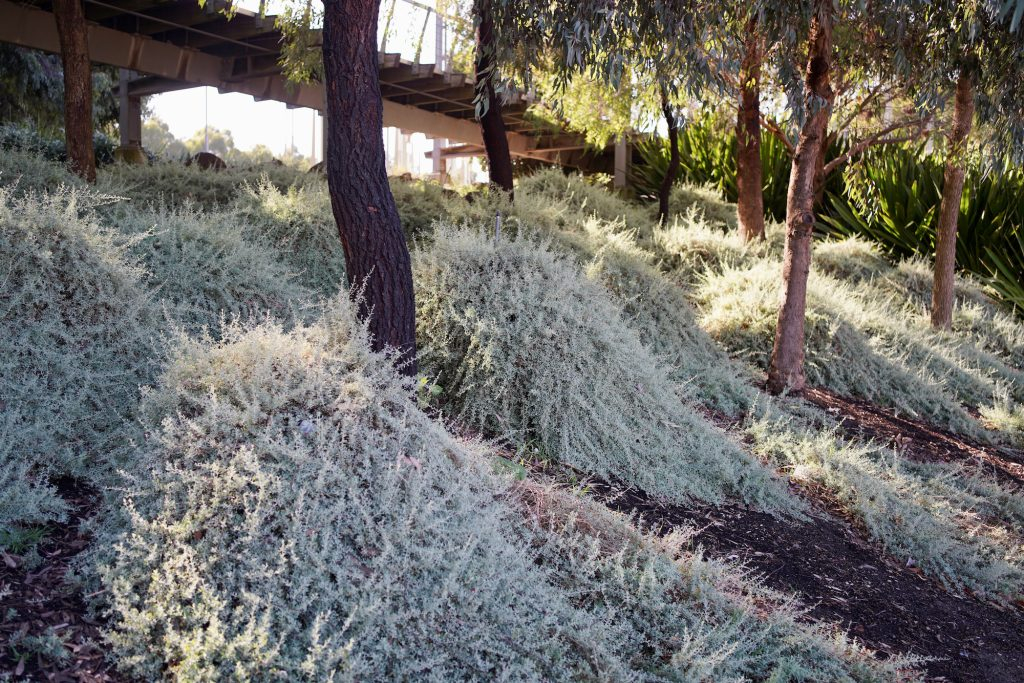
In the two images above you can see the under-storey bank has been mass planted with Rhagodia spinescens, the morning sun hitting these mounds was just delicious.
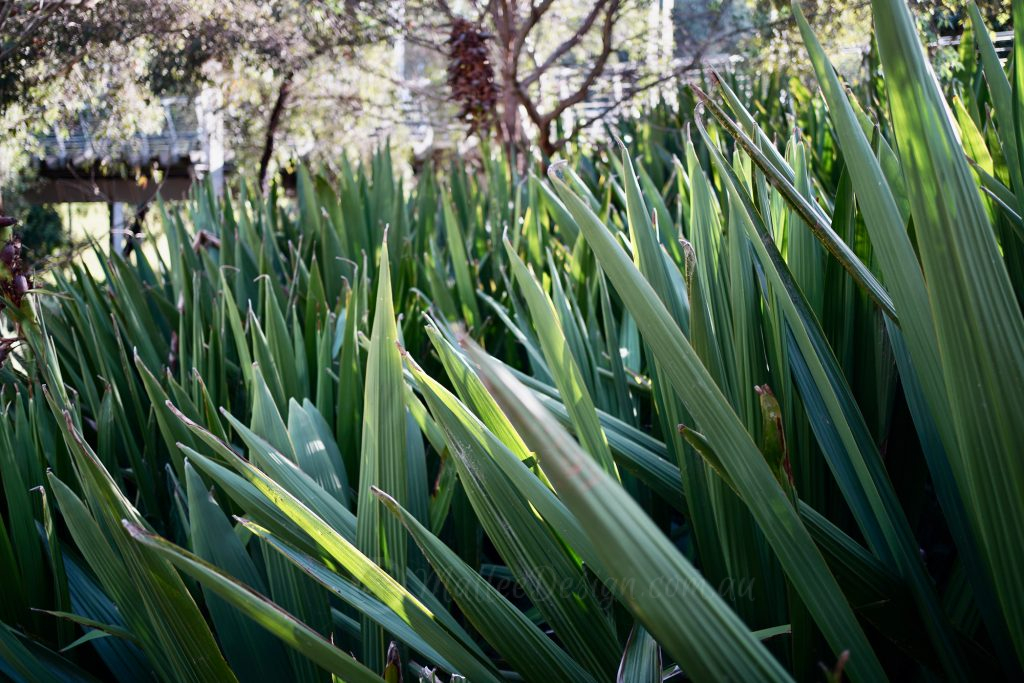
Another excellent mass planting used under the canopy of Eucalypts is Doryanthes palmeri, their broad green leaves contrast beautifully with the smooth pale trunks of the Gum Trees.
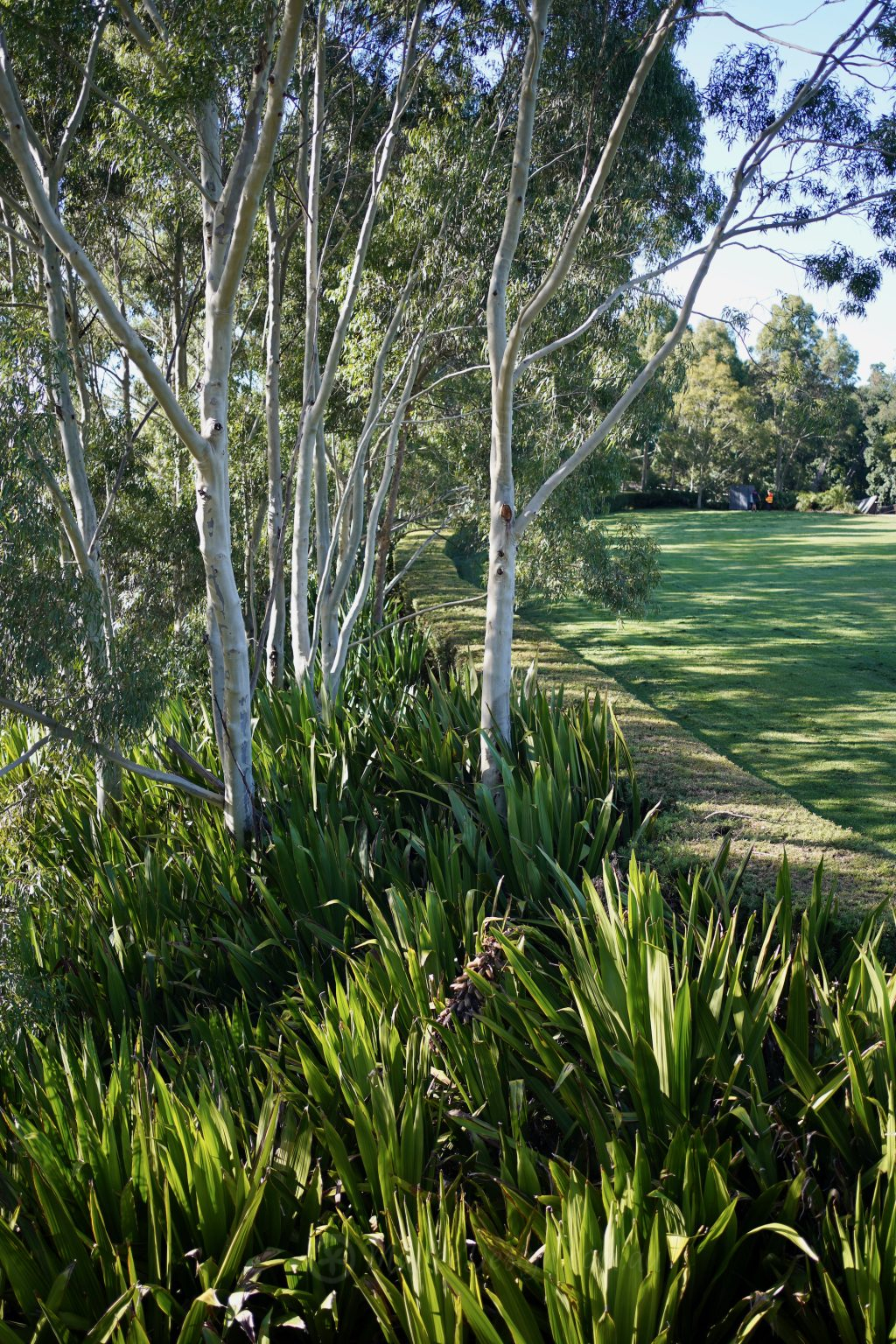
Corymbia citriodora and Doryanthes palmeri, what a stunning combination!
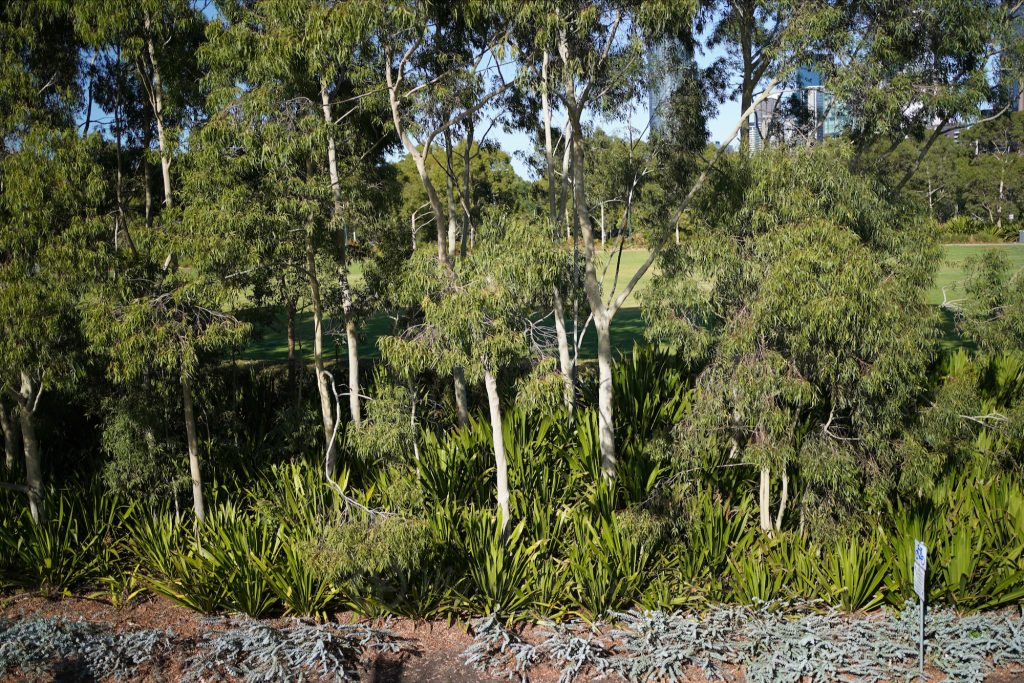
In the image above you can see a border of Eucalyptus pulverulenta ‘Baby Blue’, which is kept coppiced as an edge to the footpath.

I was surprised to see Plectranthus argentatus, being used in a public space, in my mind this low shrub needs regular pruning and reliable water to look any good. But here it is planted on the south side of a raised walkway, looking mighty fine.
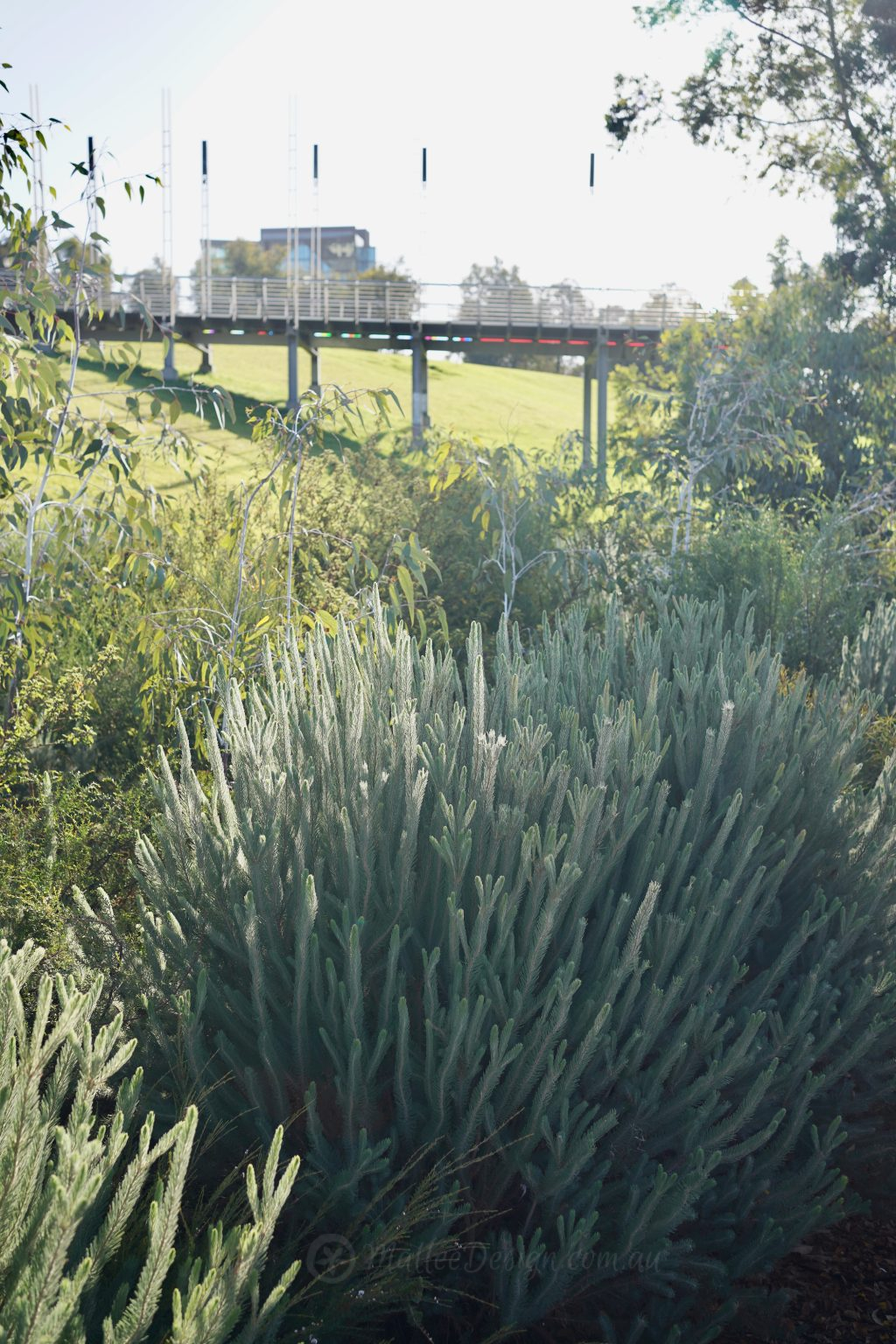
A great thing about these open green spaces is that there are large areas with densely planted shrubs, grasses and ground covers. This is fantastic for wildlife habitat, and also gives the feeling of a garden rather than just a utilitarian public space.
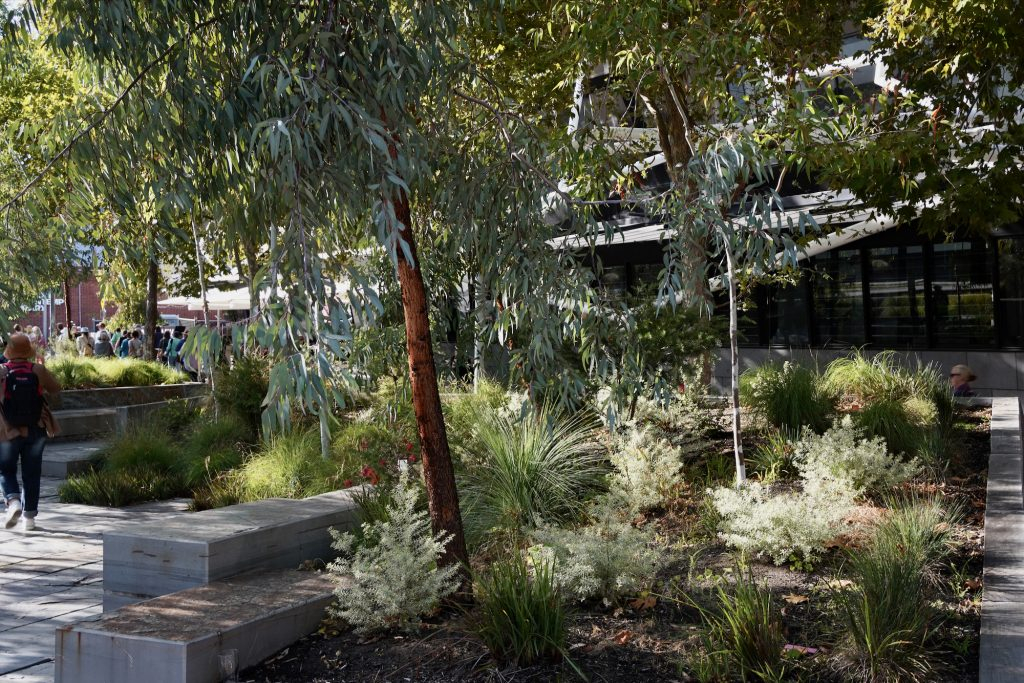
Above is another example of the real feel of a naturalistic garden in the streetscape, this garden bed is full of Westringia, Callistemons, Grevilleas, Correas and Xanthorrhoea, not to mention plenty of natiove grasses.

Above is an image of a public space which is located right in the heart of the South Bank, where apartment living is the norm, these space shave been created as shared garden space, complete with seating nooks and shade trees.
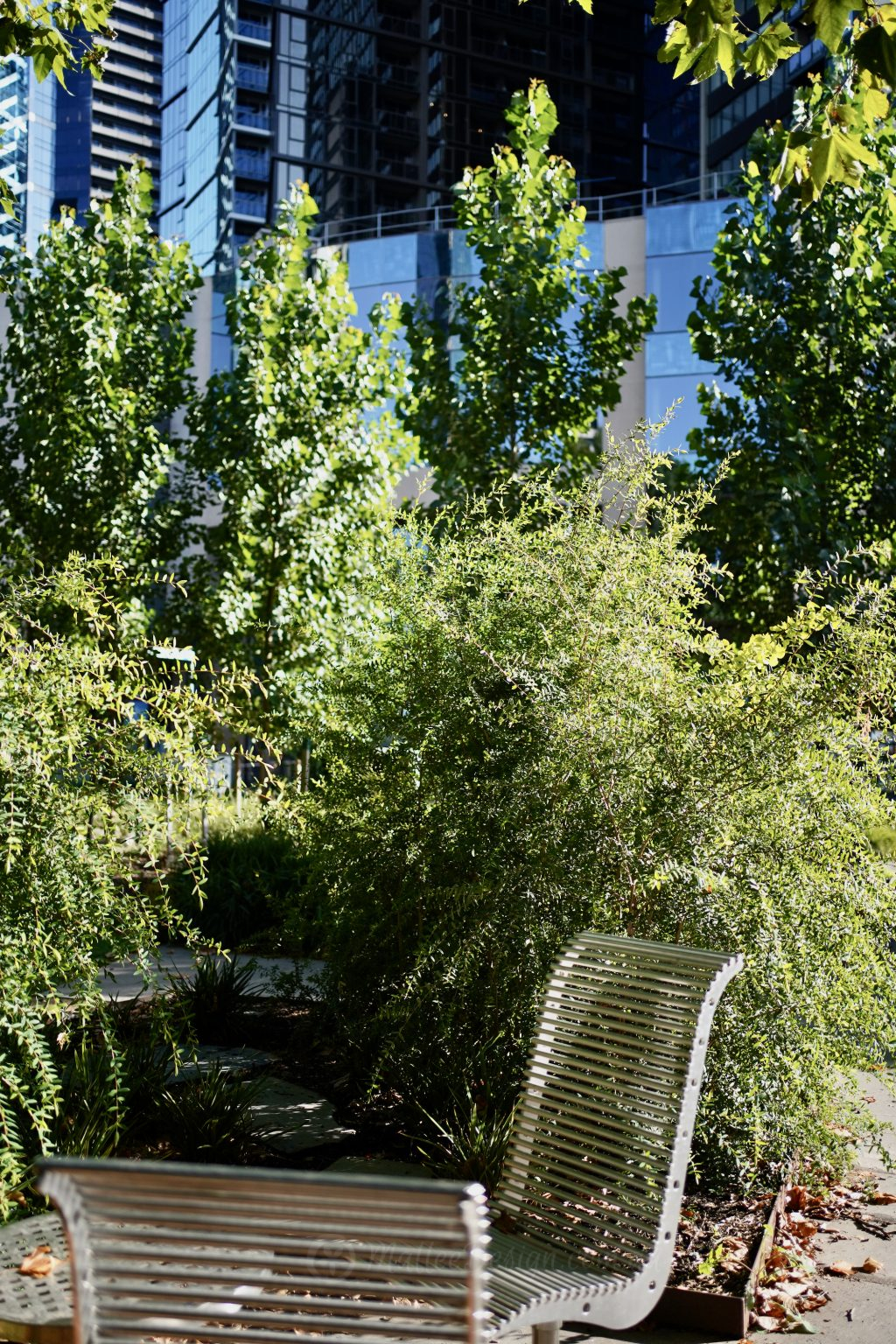
In the image above you can see public seating in the garden, surrounded by Melaleuca hypericifolia, who wuldn’t want to sit here and have a private chat or moment of solace?
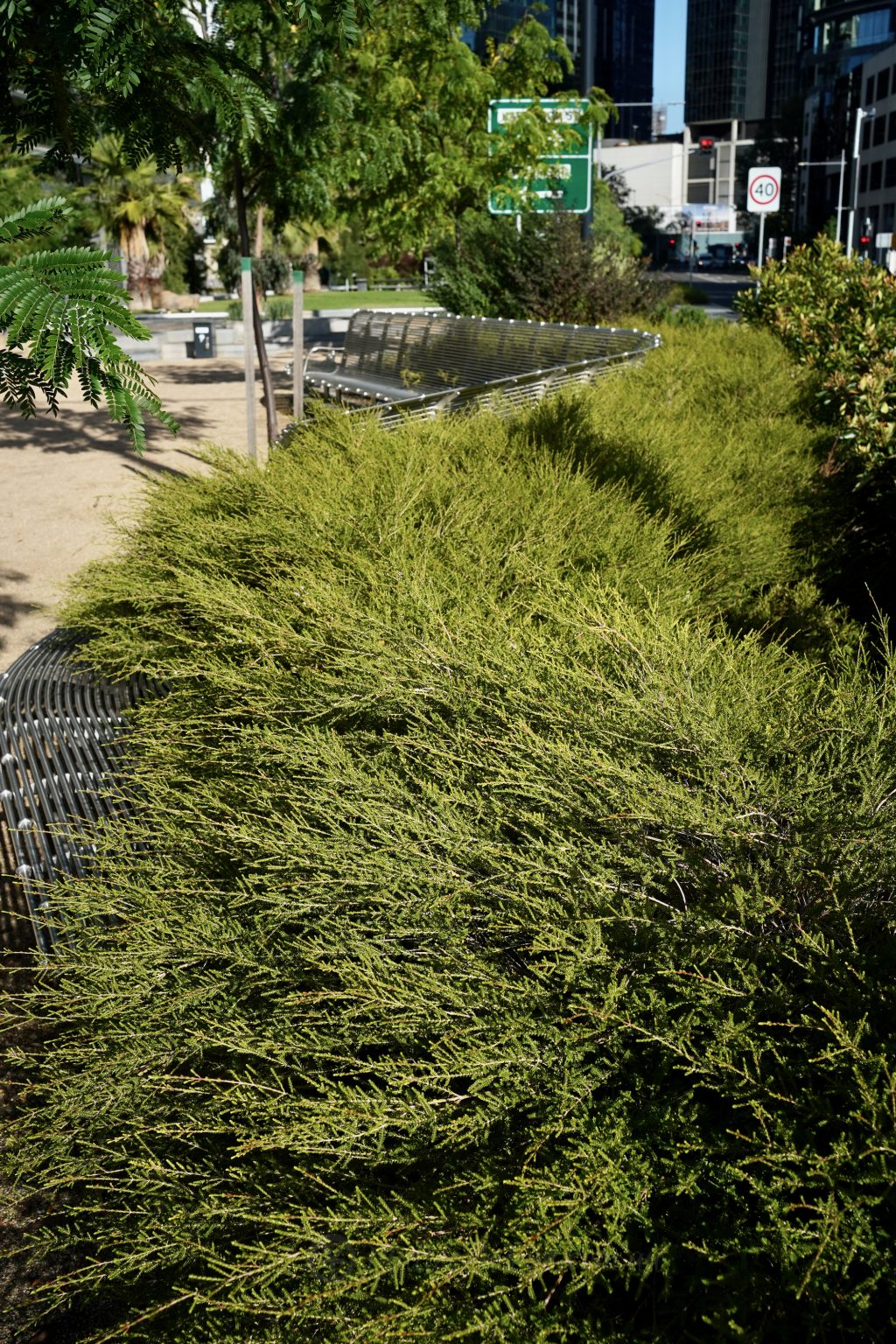
I love this band of Micromyrtus ciliata, wrapping around the back of this bench seat, perfect plant selection.
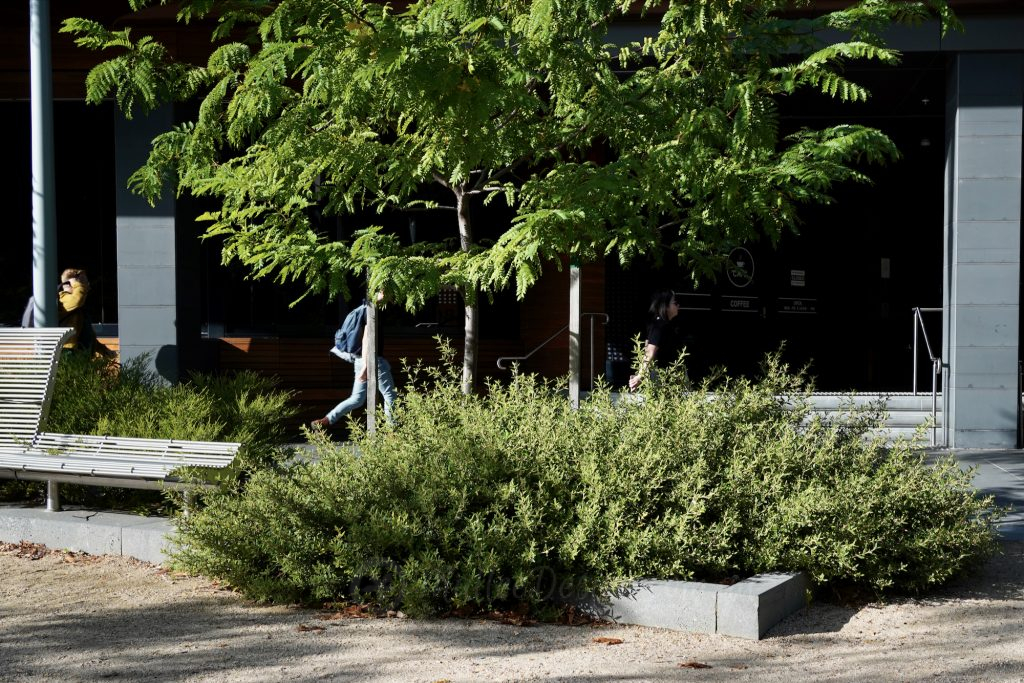
In the image above you can see Correa reflexa cascading out of its garden bed, softening the hard edges and blurring the lines of public green space.
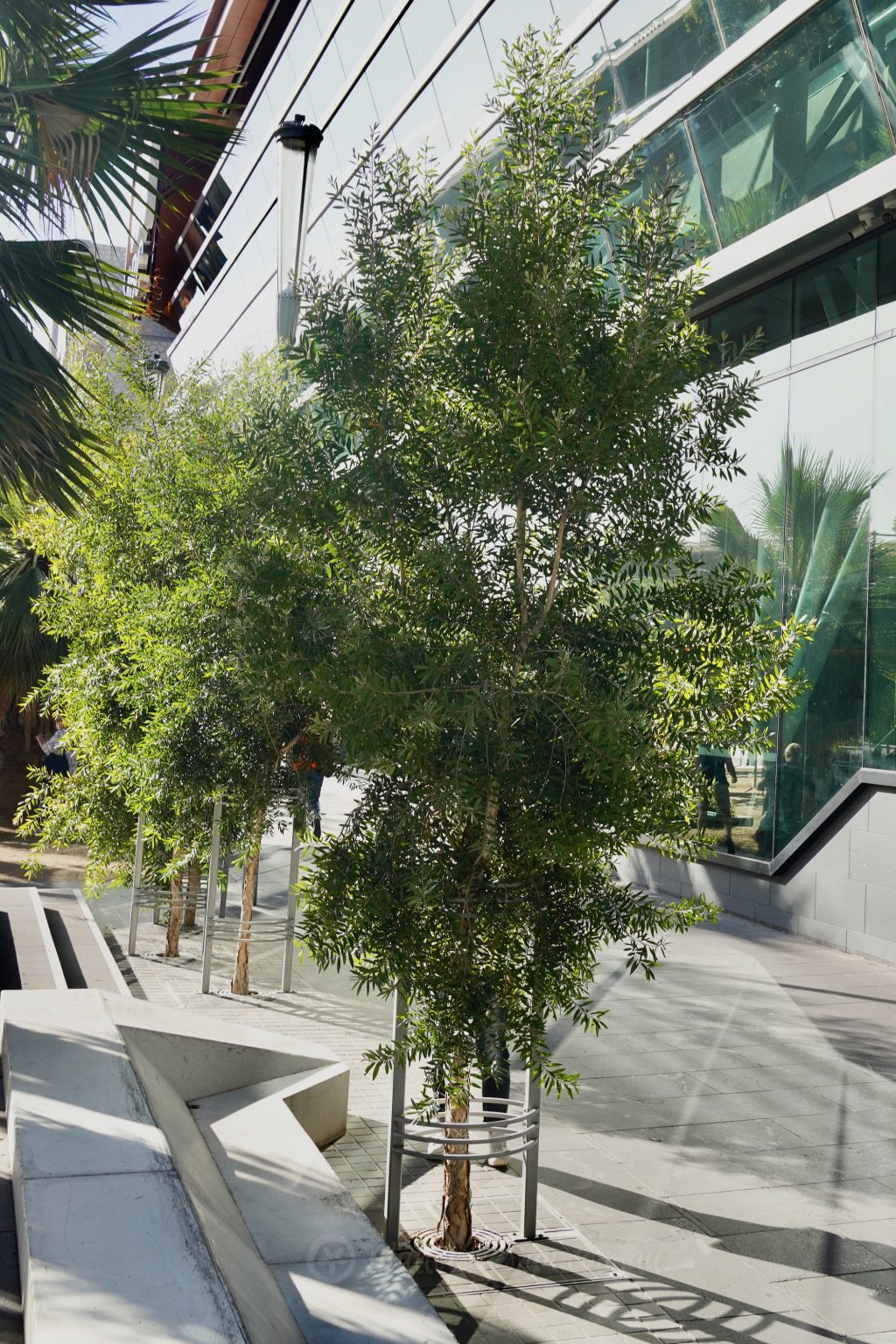
Now onto the trees, this is a landscape which is not scared of trees and understands the value of tree canopy in the urban landscape. Above you can see a cluster of Melaleuca quinquenervia, an extremely hardy tree which copes with drought, flood and frost.
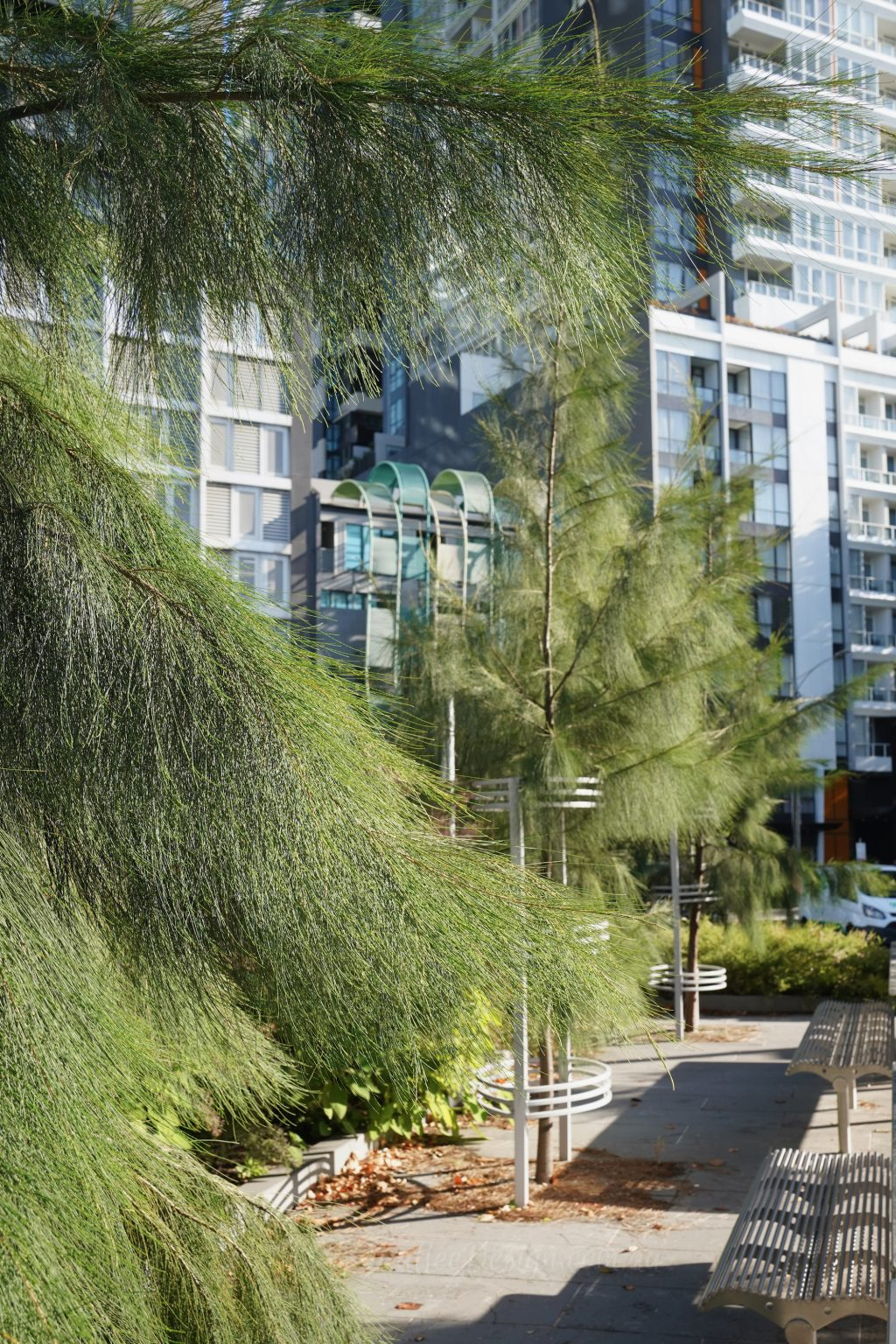
You have no idea how happy I was to see these beautiful sheoak brought in to the urban environment, they are quick growing, wind resistant and provide food and habitat for wildlife. The appropriate infrastructure has been implemented for both the Melaleuca and Casuarinas notorious root systems, another sign that the urban greening plan values the amenity that these street trees bring to our cities.

In the image above you can see Ficus rubiginosa planted in large, tiled raised beds. These were planted close to the river where their dense domed canopy harks back to an earlier time before the river banks developed…..
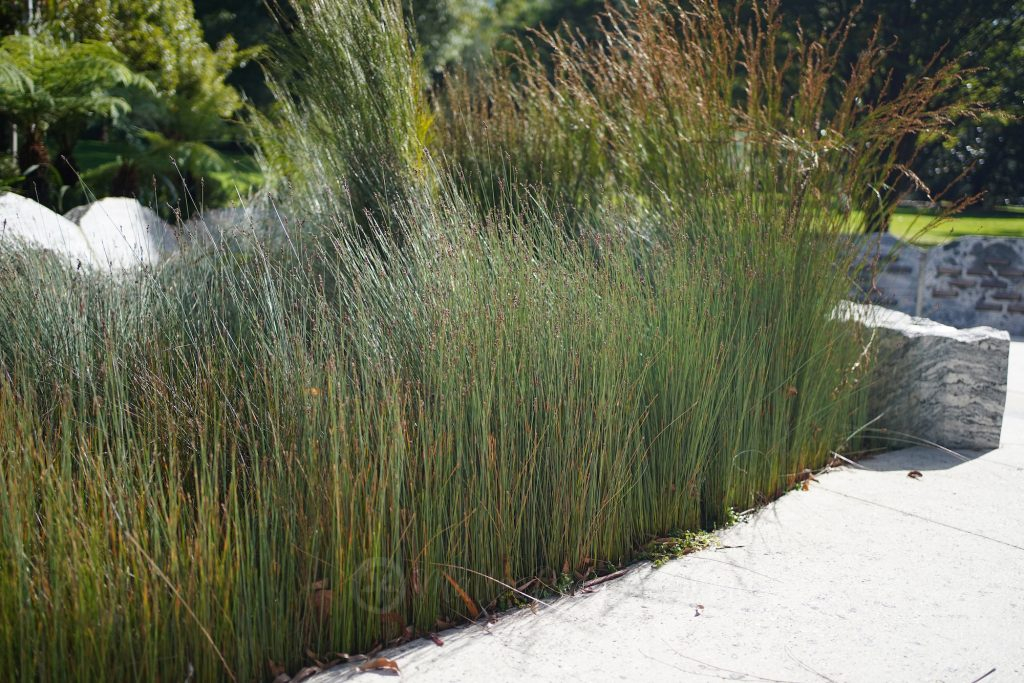
The whole inner city stormwater has also been given somewhat of a makeover, there are detention ponds, creek beds and rain gardens all over the city. However these haven’t been treated as mere infrastructure, they have been designed and planted out to be features in the landscape and to house birdlife which still would like to live in the city.
Well done Melbourne, it was a pleasure to see how urban space can be not only made more liveable and attractive but can be unique, biodiverse and interesting.

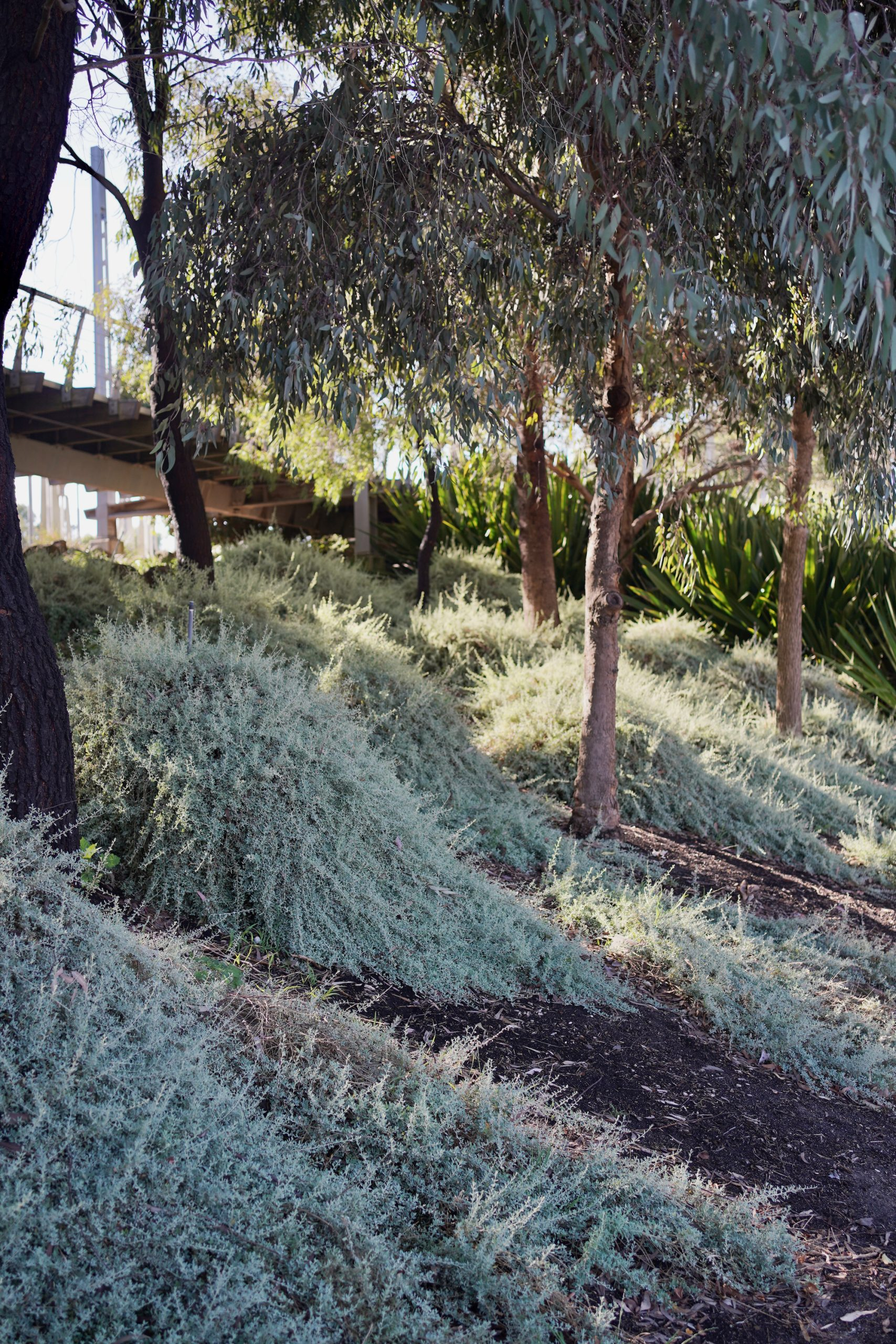
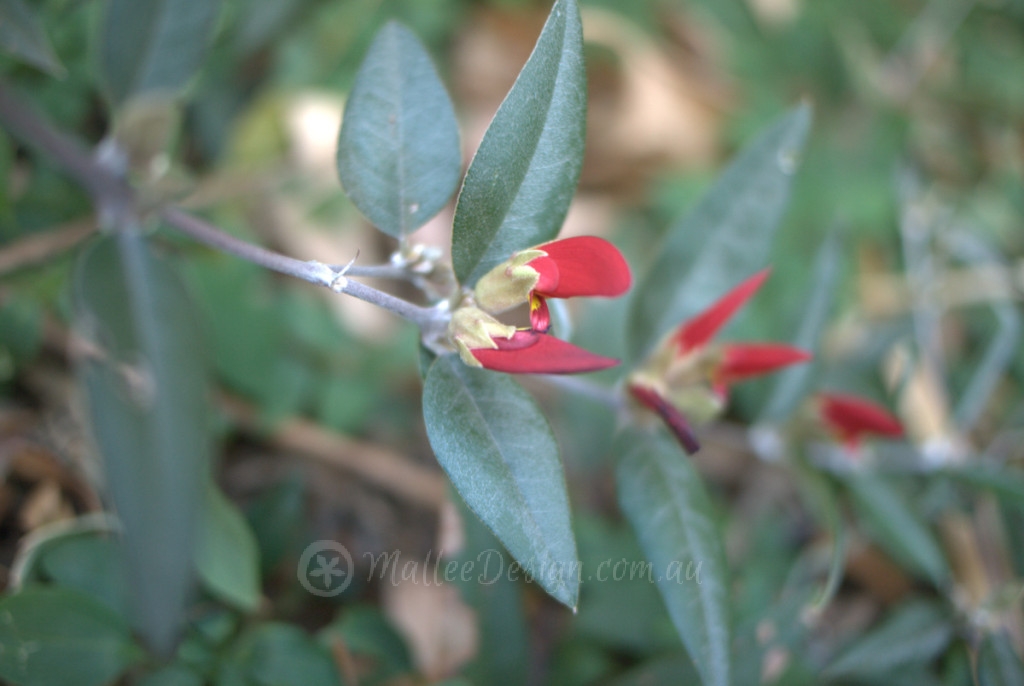
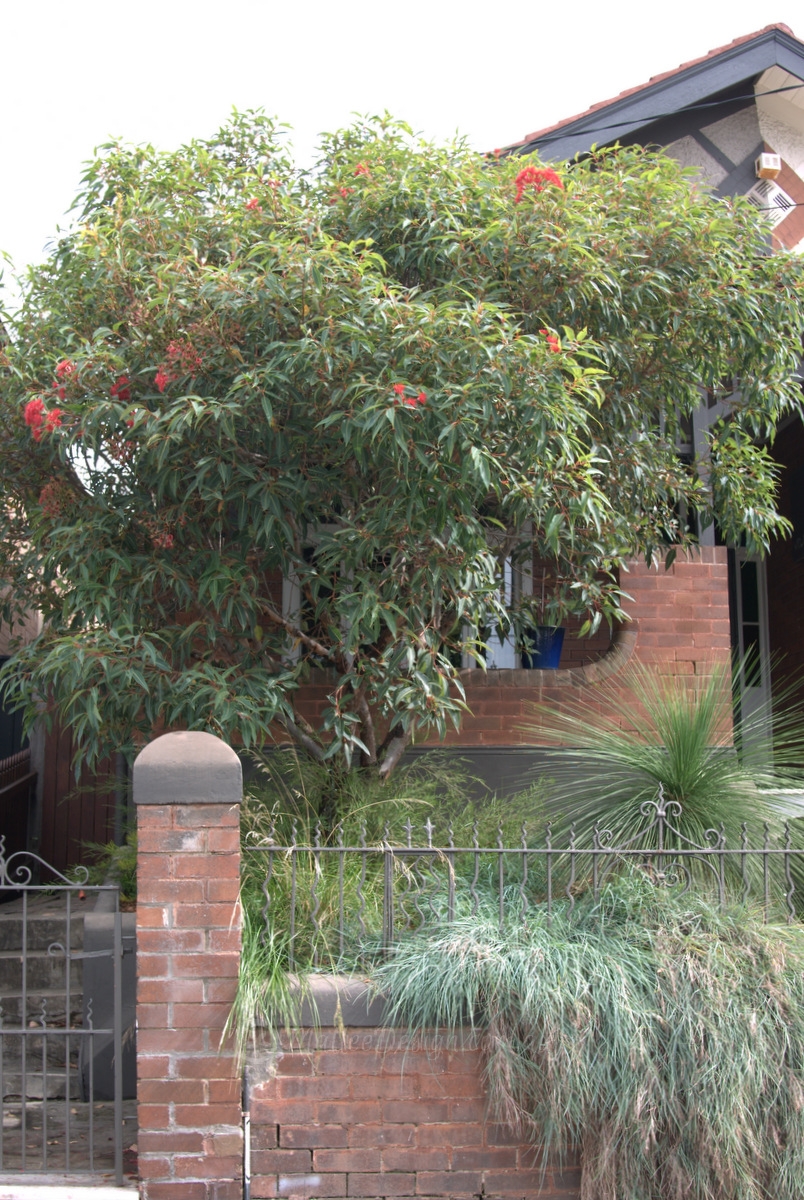
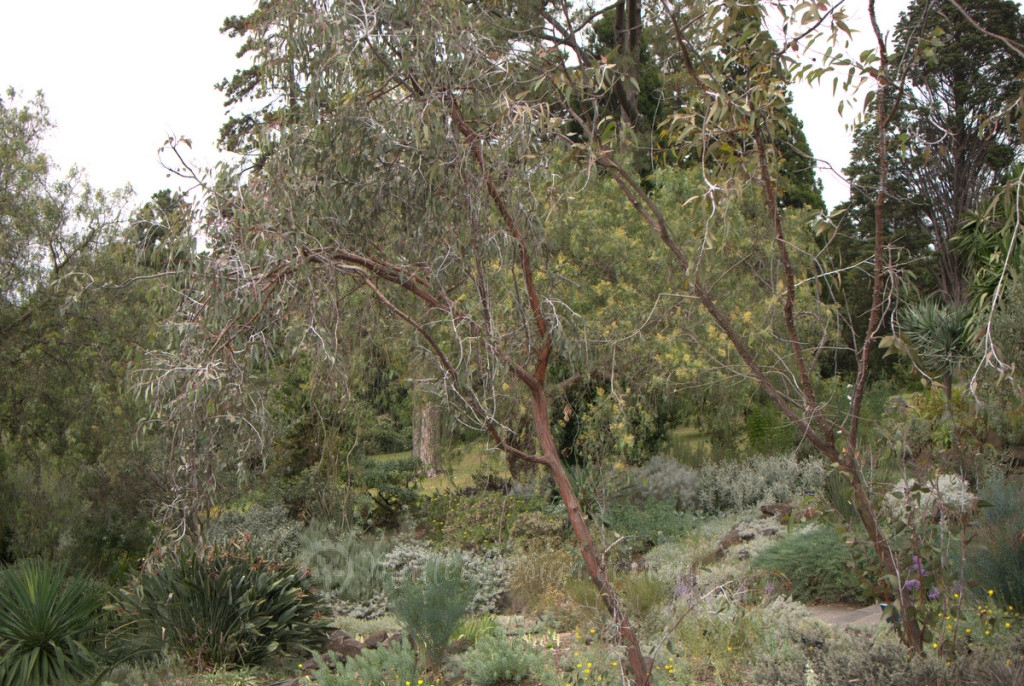
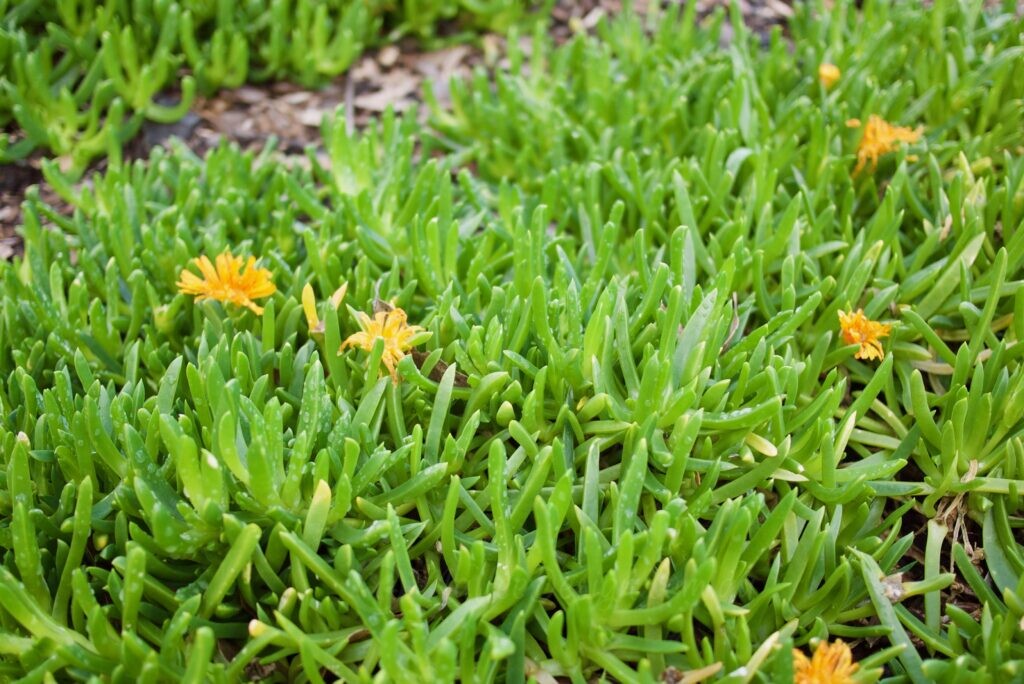
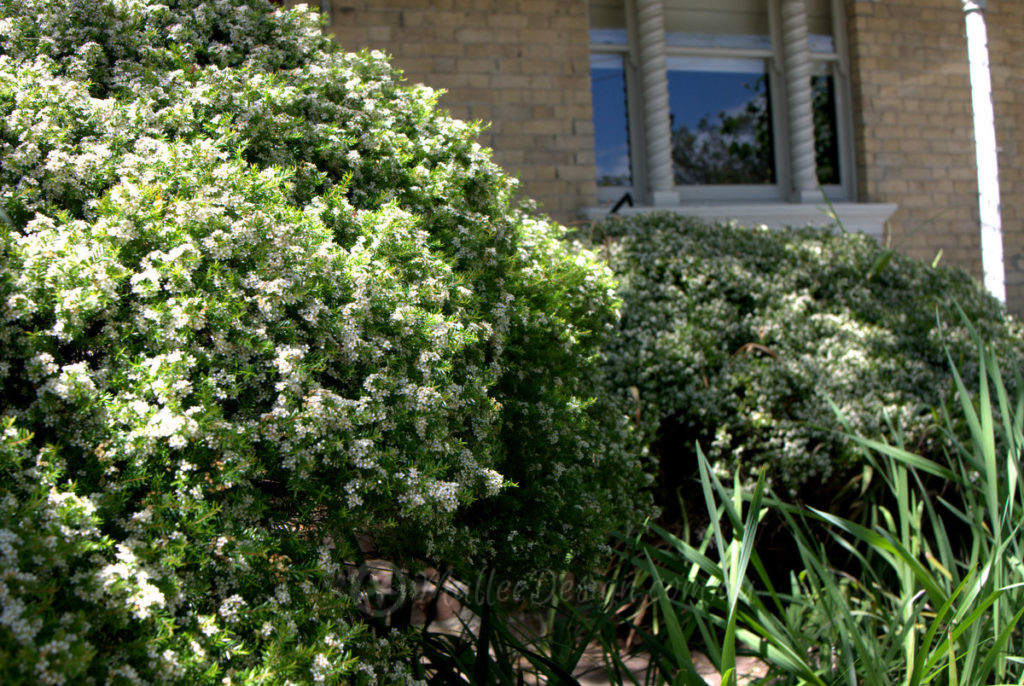
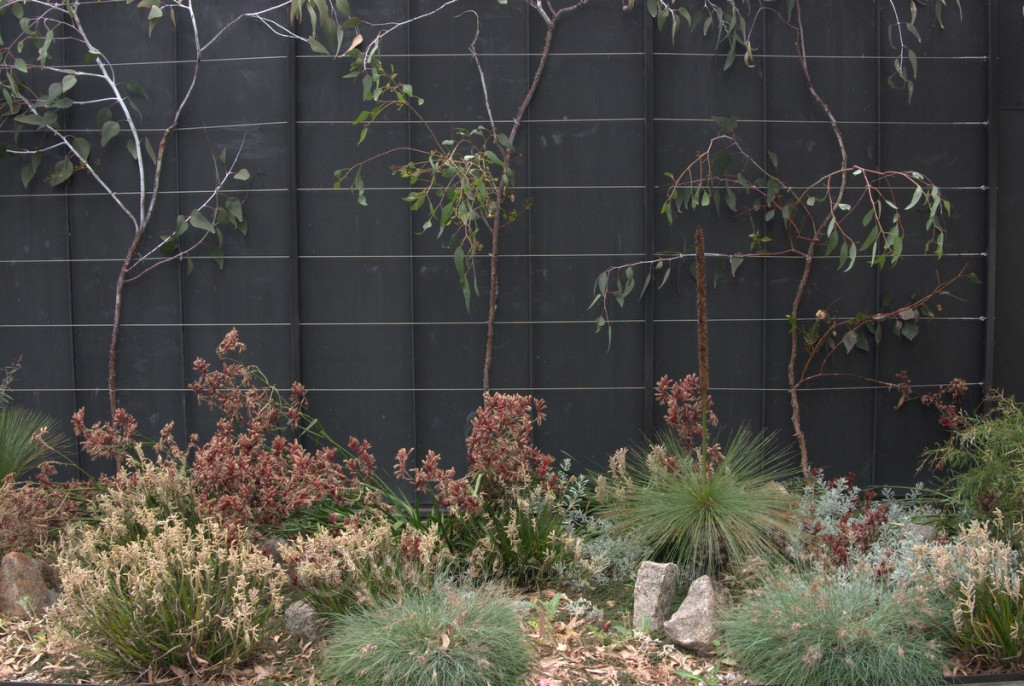
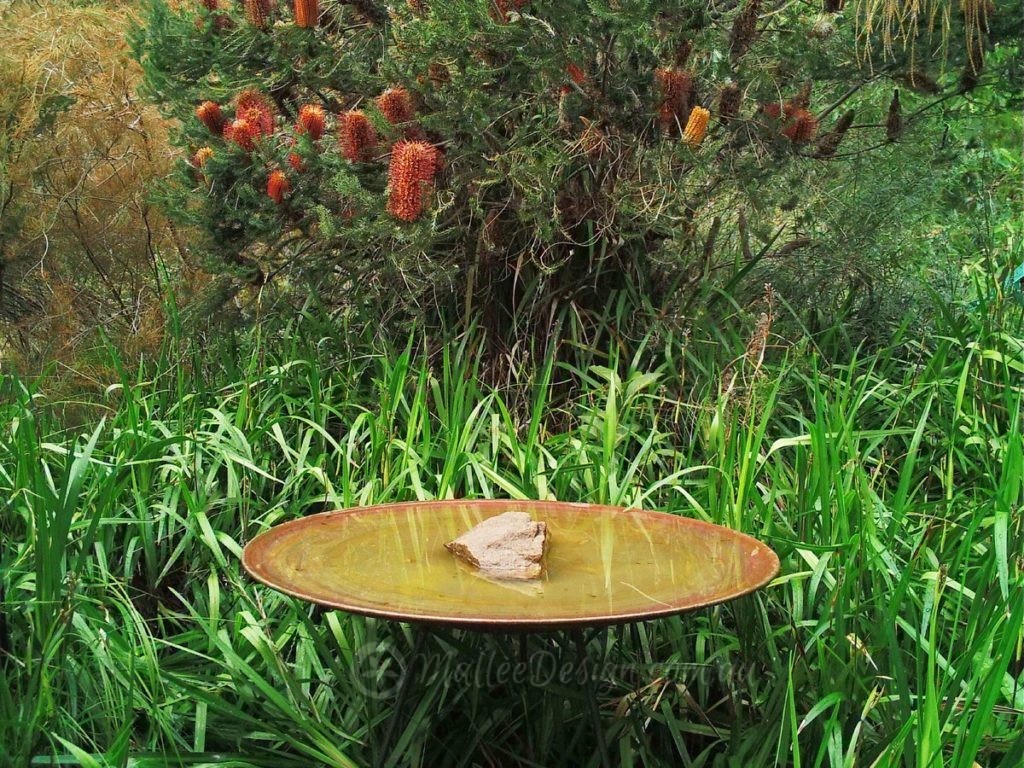
Leave a Reply